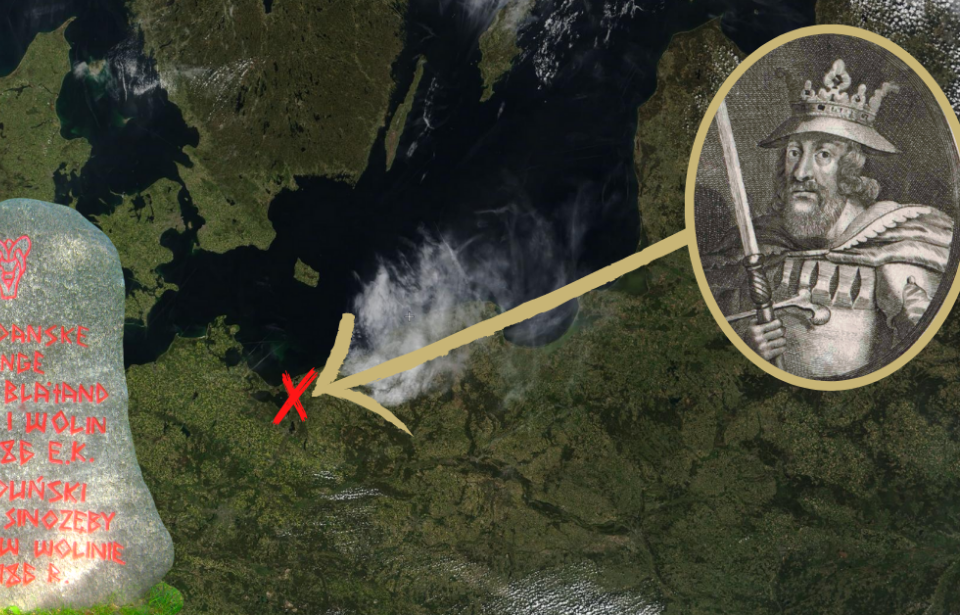The burial site for the Viking king whose name inspired that of modern Bluetooth wireless technology has likely been uncovered in the Polish village of Wiejkowo, potentially putting to bed a centuries-old mystery. Harald “Bluetooth” Gormsson ruled over Denmark and Norway during the 10th century.
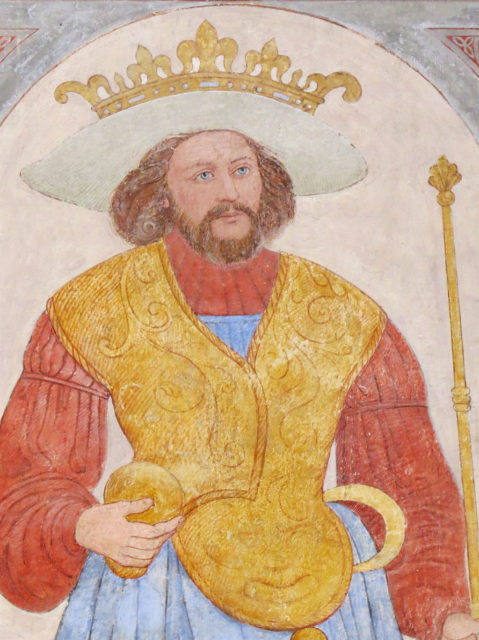
Researchers say they were able to locate the burial site, which is beneath the Roman Catholic Church of Immaculate Conception of the Blessed Virgin Mary, through the use of satellite remote sensing tools. Speaking with The First News, lead researcher Marek Kryda said:
“The death and possible burial site of the Danish king Harald Gormsson Bluetooth was until now one of history’s most enduring mysteries. The space-based reconnaissance allowed us to look at large swaths of landscape and find archaeological disturbances within the land, some as small as 12 inches [30.5 centimeters] long.
“In a discipline where discovery was traditionally confined to a two-meter-square excavation, 21st-century technology satellite imagery has helped to make a breakthrough discovery of the possible burial mound of Harald Bluetooth.”
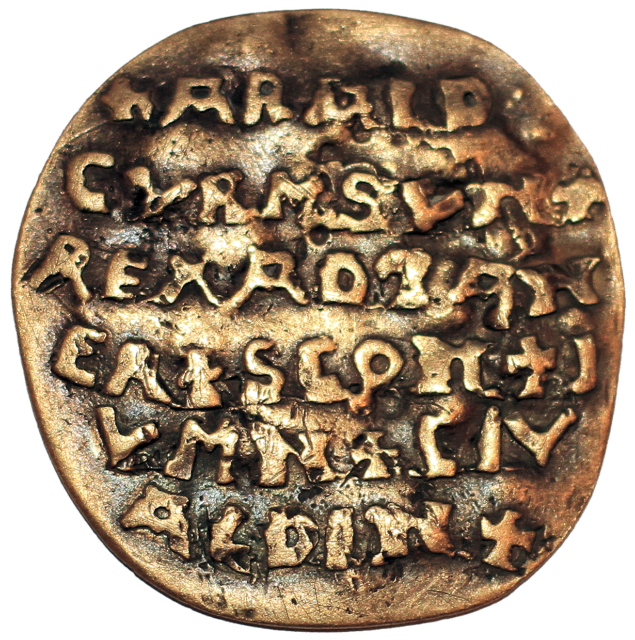
King Harald Gormsson was the king of Denmark from 958-86 AD and of Norway from 970-75/86 AD. He is credited with uniting the Scandinavian countries through the introduction of Christianity, and is also known for overseeing the construction of a number of public works. These included the construction of several ring forts, the refortification of the fortress of Aros and the commissioning of the Ravning Bridge.
He was given the nickname “Blåtand” – meaning “blue tooth” – because of the color of a dead tooth, which many historians have described as being a dark blue. When bluetooth technology was developed in the mid-1990s, its creators named it after Gormsson because the device would unite people the way he united the tribes of Denmark into a single kingdom.
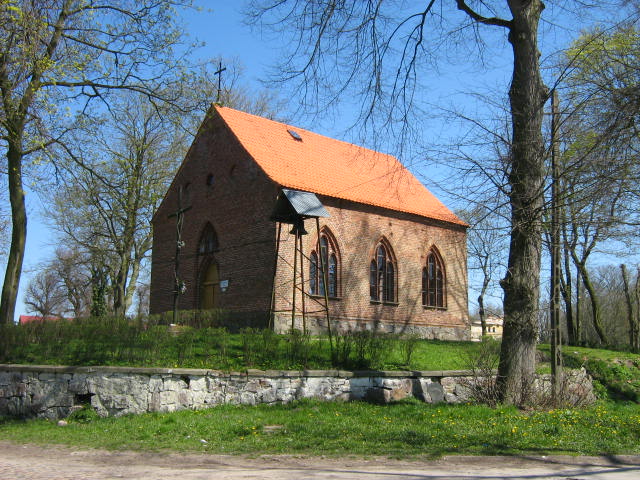
Historians have long speculated that Gormsson was buried at or near Wiejkowo, a belief that only grew following the discovery of a gold disc, known as the Curmsun Disc, in 2014. Inscribed in latin is a description that mentions the Viking king.
The purpose of the disc has been debated, with some calling it a wedding present and others describing it as a “grave gift.” In 1841, it was discovered in a stone burial chamber below the church in Wiejkowo, alongside other valuables, including a silver coin from Otto the Great’s reign, a bronze bracelet and the fragment of another, and a stamped piece of gold. Skeletal remains were also found within the chamber.
The chamber remained untouched until 1945, when Polish Army Maj. Stefan Sielski seized the items. The Curmsun Disc went missing soon after, and wasn’t rediscovered until 2014, when Sielski’s great-granddaughter found it in an old chest filled with buttons.
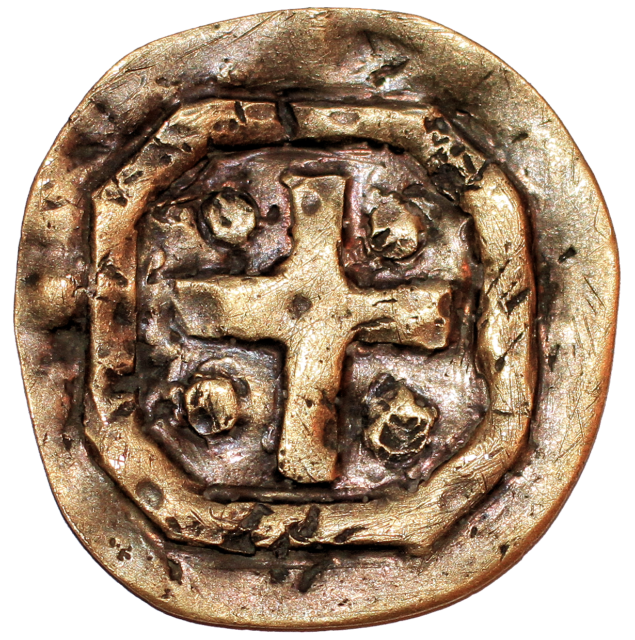
More from us: Winged Hussars: The Rise and Fall of Europe’s ‘Angels of Death’
While the team of researchers are convinced the location beneath the church is Gormsson’s burial mound, there’s still a debate as to whether the Viking king was ever actually interred there. As well, many archaeologists still don’t believe the site has anything to do with him.
